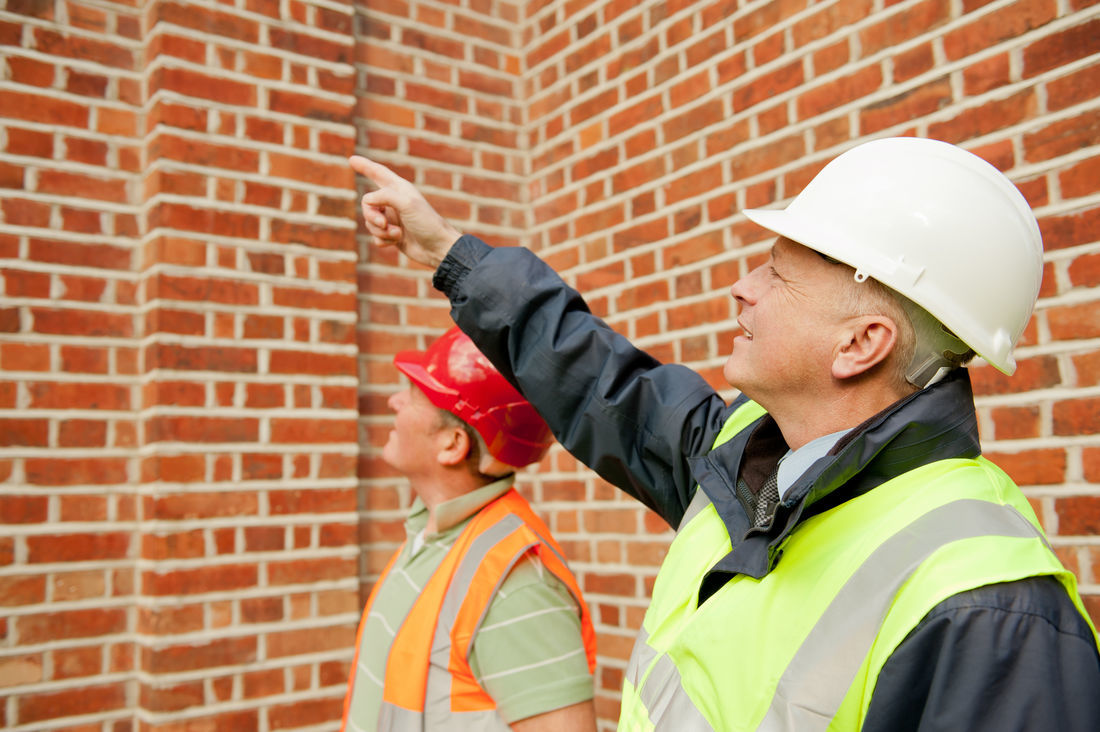Buying a new home is an exciting time, no matter whether you've been saving for years or made a spontaneous decision. From finding your dream location right through to signing those last papers – the process is exhilarating from start to finish.
However, for most of us, buying a home is a once-in-a-lifetime milestone. Because of this, many of us don’t know where to start when it comes to pre-purchase, building and pest inspections.
If this is you, there’s no need to worry – professionals within this field are there to help with these specific needs. Take a look below to see the top four things you should get your building inspector to check out, before diving into a purchase decision.
Check for structural issues
A certified solid structure is an essential aspect of any potential house purchase.
Structural issues can be incredibly dangerous and a huge nuisance if left unattended, not to mention the costly repairs that are sure to follow.
Most structural issues will require major construction work to repair if left unattended, so it’s important to assess if there are any immediately obvious issues before your inspector comes in for a look.
Some tell-tale signs to look out for include large cracks in the walls, sagging ceilings and squeaky floors.
Look out for mould and water damage
When it comes to your personal inspection, one of the most important things to keep an eye (and your sense of smell) out for is mould.
Be sure to take a look inside every cabinet in the house to see if it has a damp smell. If this is present, it can be an indication of potential water leaks.
After you inspect the cabinets, move further into the house. You’re most likely to find mould in the bathrooms and bedrooms (or on any adjoining walls or cupboards), so these are the next important spots to assess.
Mould can look harmless after it has been given a good clean, but it can still be incredibly bad for your health if not properly removed.
However, mould doesn’t only affect your health, it can also be a sign of much bigger issues in the house, such as leaks and rotting wood.
Check out the roof
When we look into purchasing a home, an assessment of the roof and outer areas isn’t usually at the top of our list of priorities. However, a roof is undoubtedly the most protective element of your house, as it protects you from everything outside – from heavy rain through to gusty winds.
When you take a look at your potential new home, assess the roof tiles to see if they are well-aligned and that no shingles are missing.
A damaged structure can be an indication of further internal issues and damage, so it’s important to check out before your building inspector arrives.
Organise a pest inspection
No one wants to share their home with pests and rodents.
If you want to check that your potential home is safe from damage and destruction from these unwanted visitors, it’s worth investing in a pre-purchase pest inspection before your inspector arrives.
By organising this, you’ll give yourself the opportunity to understand the issues around the integrity of the property, before you sign the dotted line.
Completing this before your building inspector arrives also means you can discuss your findings with them. In turn, you’ll be able to raise any issues and access required to fix them effectively. This may also allow you to negotiate the property price with the seller, as they’ll be required to take any damage or structural issues into account.
Think you could use some professional support towards your pest inspection needs? Get in touch with our team now for friendly and honest advice.

